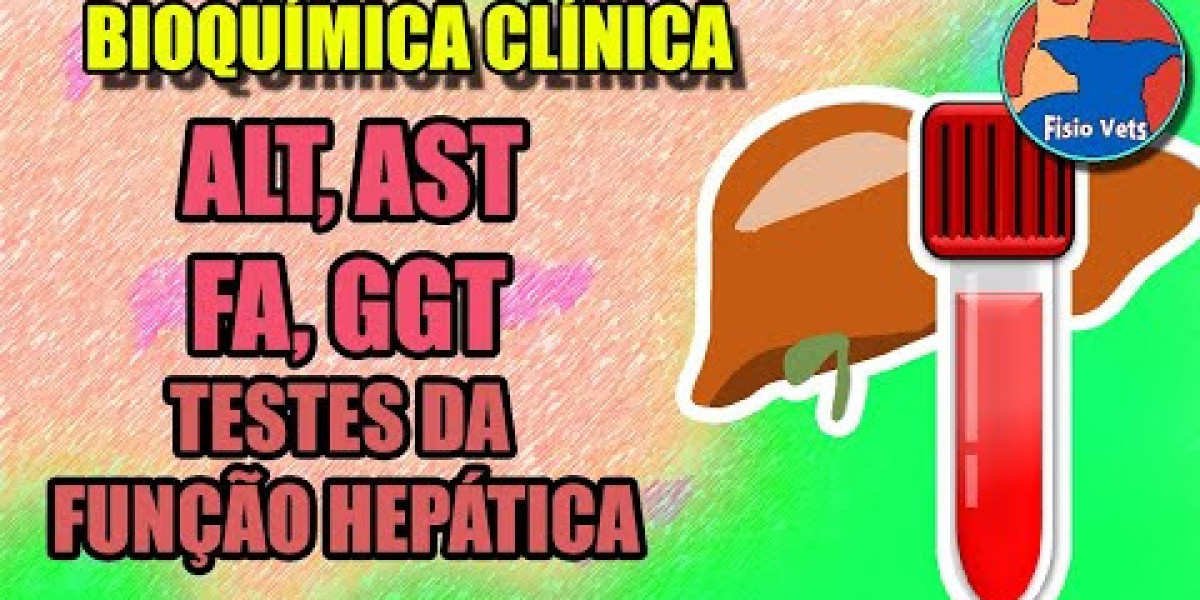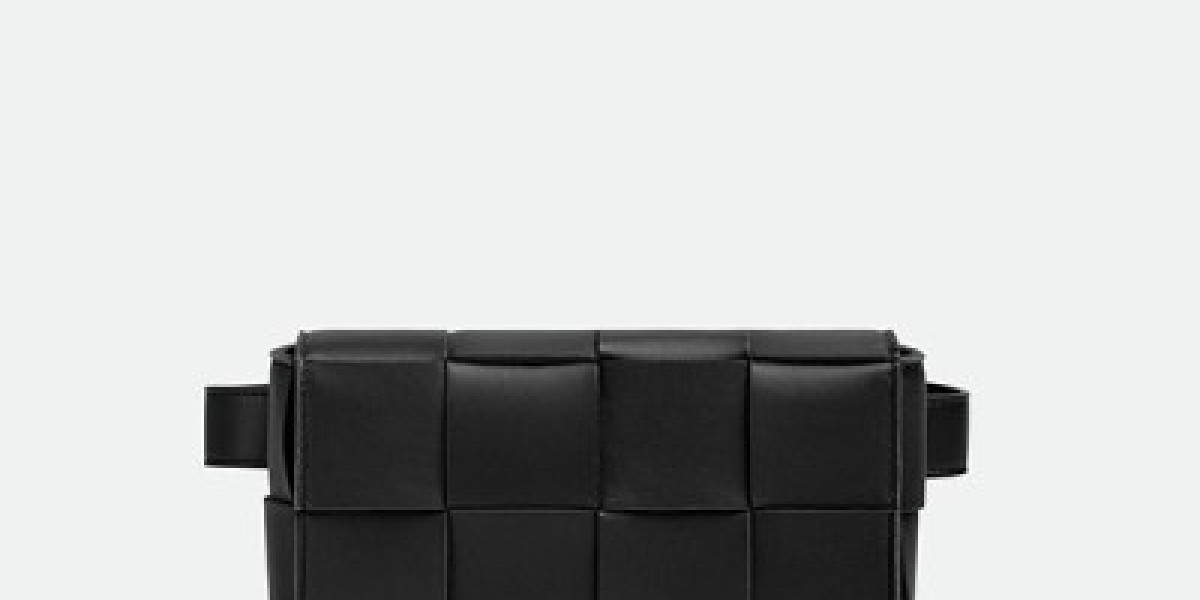Sadly, you watch as your dog starts pacing earlier than bedtime and is having a tough time catching his breath before settling down to snore loudly. I am from Washington, DC, and I wanted to be a veterinarian since watching my uncle on his farm at eight. You know your pet greatest, Longisland.Com and also you also know what you are capable of doing on your pet. You also know when your pet seems to be having a very onerous time. " the reply for your pet may be totally different from somebody else’s pet, even when they are in a similar scenario. Dogs that have a structural change to their heart seen on x-ray or echocardiogram, however that don't have any signs of CHF. Cyanosis, characterised by gums with a bluish tinge, signifies an absence of oxygen within the bloodstream.
Congestive Heart Failure in Dogs: A Complete Guide
However, you can enhance your physique's capability to handle glucose over time by consuming good sources of carbs, or low-glycemic index foods. You can use a small amount of pea protein on your dog’s food. Generally, adult dog food should include about 18% pea protein, and a puppy’s food regimen ought to contain around 22% to 35% pea protein with other important macronutrients. This article will focus on whether or not canine should keep away from legumes and pea protein, how they'll hurt a dog’s well being, and whether or not they can safely be added to dog food. This superior diagnostic method makes use of an ultrasound scan to look at the guts as it beats. It enables the vet to measure the chambers' size, detect any enlargement, and assess the interior construction of the heart to determine the precise reason for the enlargement. Most heart conditions require a comprehensive heart scan performed by a veterinary cardiologist.
 Para la atrapa de imágenes digitales, que es en este momento el procedimiento habitual en la radiografía veterinaria, no se requiere un cuarto oscuro, por lo que no se van a tratar. Para conseguir información sobre los procedimientos en una cuarta parte obscuro, consúltese algún texto destinado a la radiografía veterinaria. La valoración del parénquima pulmonar es otra de las partes claves de la interpretación de radiografías torácicas. El patrón bronquial se caracteriza por la existencia de estructuras redondeadas ("donuts") y paralelas ("railes de tren") que son reflejo de unas paredes bronquiales engrosadas. Además, a veces se emplea la radiografía abdominal.Este módulo es más que nada una herramienta didáctica para el aprendizaje de la anatomía radiológica del tórax y abdomen-pelvis, en particular para alumnos de medicina, residentes de radiología y tecnólogos de radiología.
Para la atrapa de imágenes digitales, que es en este momento el procedimiento habitual en la radiografía veterinaria, no se requiere un cuarto oscuro, por lo que no se van a tratar. Para conseguir información sobre los procedimientos en una cuarta parte obscuro, consúltese algún texto destinado a la radiografía veterinaria. La valoración del parénquima pulmonar es otra de las partes claves de la interpretación de radiografías torácicas. El patrón bronquial se caracteriza por la existencia de estructuras redondeadas ("donuts") y paralelas ("railes de tren") que son reflejo de unas paredes bronquiales engrosadas. Además, a veces se emplea la radiografía abdominal.Este módulo es más que nada una herramienta didáctica para el aprendizaje de la anatomía radiológica del tórax y abdomen-pelvis, en particular para alumnos de medicina, residentes de radiología y tecnólogos de radiología.Patrones pulmonares en radiografía.
Además de esto, con los sistemas de radiografía digital, una cantidad excesiva de exposición fuera del sujeto puede dar sitio a una falsa interpretación de los datos por parte del algoritmo de reconstrucción y degradar substancialmente la calidad de la imagen. Si esto sucede, la exposición debe repetirse con una colimación adecuada para lograr una imagen aceptable. En la mayor parte de los casos, el haz de rayos X debe colimarse a ~1 cm fuera de los límites del sujeto para otorgar una calidad de imagen óptima y protección radiológica para el personal. La colimación adecuada del haz de rayos X no puede sustituirse por la utilización de la herramienta de recorte de imágenes disponible en la mayor parte de los sistemas de programa empleados para producir imágenes digitales. Esta es una herramienta de posprocesamiento y no interfiere a la calidad de la imagen ni a la reconstrucción. Además, esta herramienta nunca debe usarse para cortar ninguna anatomía del tolerante capturada por la exposición inicial y la reconstrucción. El posicionamiento apropiado asimismo es importante para maximizar el contenido diagnóstico del examen de rayos X.
Heridas penetrantes y traumatismos abiertos
Early diagnosis and correct care are essential for enhancing a dog's quality of life. Your vet may suggest operating basic blood tests to check for another reason for your dog’s symptoms. Some specific blood exams can help to measure heart health, together with Pro-BNP and Cardiac Troponins. However, these checks are often inadequate to diagnose a problem. An enlarged heart in canines, known as cardiomegaly, is when the guts grows past its regular size due to an underlying coronary heart situation.
Más allá de que se han producido algunos avances en este sentido, la mayoría de los sistemas recientes de radiografía digital necesitan fundamentalmente exactamente la misma cantidad de radiación que los que utilizan película.
Proper positioning is also important to maximize the diagnostic content material of the x-ray examination. In many circumstances, improper positioning or radiographic examination may end up in a misdiagnosis or lack of ability to appreciate main lesions. Both proper and left lateral recumbent radiographs are beneficial in canine and cats. This is finished as a end result of positioning of the animal on its aspect results in speedy relocation of fluids to and atelectasis of the draw back lung.
Your global veterinary imaging leader
Sedation or short-acting anesthesia is usually needed and often fascinating if medical circumstances permit it. Chemical restraint lessens the necessity for and depth of guide restraint, which finally ends up in fewer poor or unacceptable radiographs and usually shortens the time required to finish the examination. In many instances, animals may be restrained and positioned using sandbags, tape, and foam pads. Automatic publicity control (AEC) is a system during which the operator sets the kVp and mA, and the machine terminates the exposure on the applicable time. If used properly, this technique leads to almost similar picture exposures between animals. However, applicable kV settings are wanted, and consistent animal positioning is important. Placing the heart or lungs over the AEC sensor ends in radically completely different radiographs.




